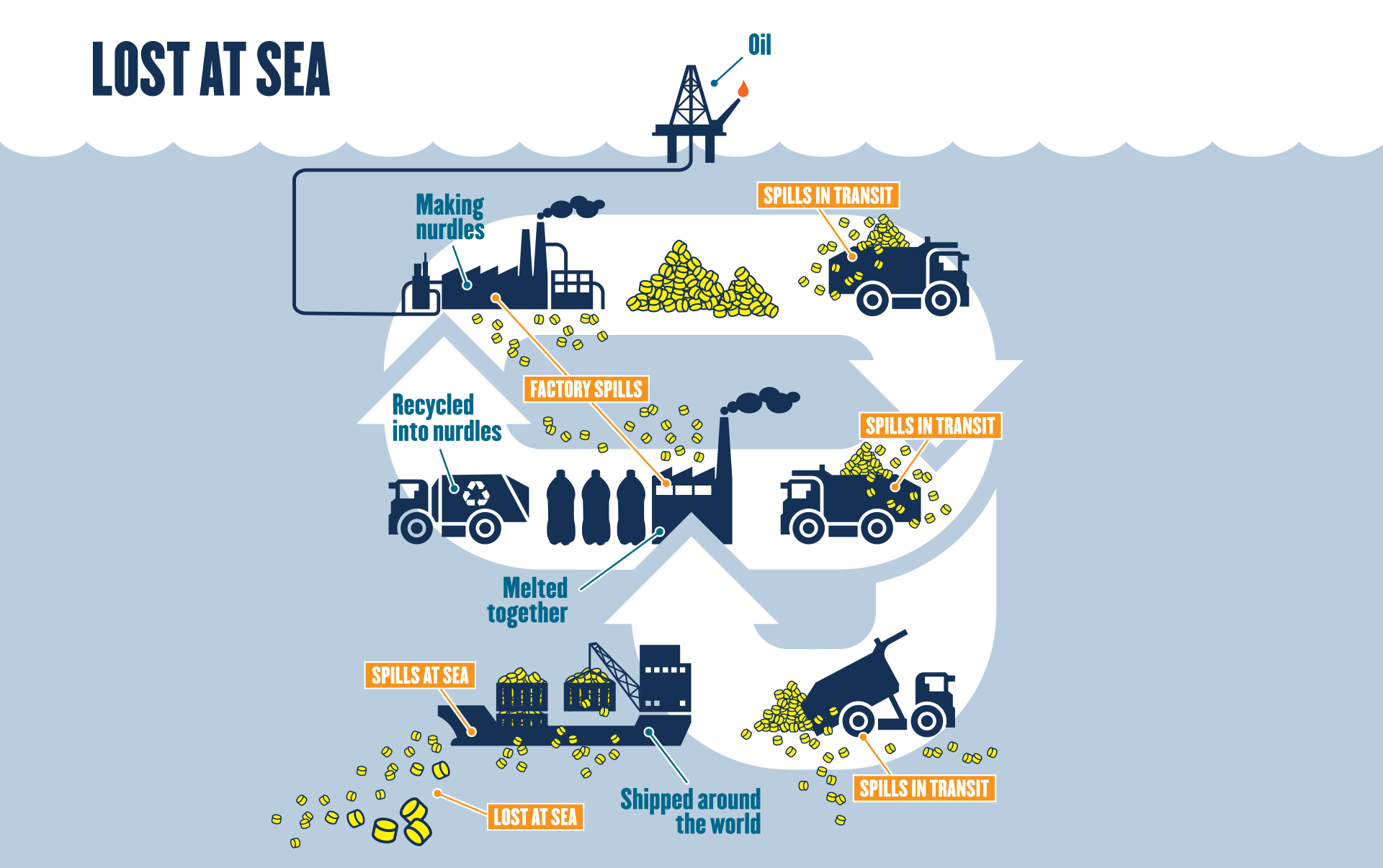Preventing plastic loss

MORE AT OUR
WEBSITE

Total Number of Nurdle Hunts so far: 5980
Nurdles are small plastic pellets used to make almost all our plastic products. An estimated 230,000 tonnes of nurdles, the equivalent to 15 billion plastic bottles, escape into the environment every year. This plastic pollutes our oceans before it has even been used to make anything. The Great Nurdle Hunt collects evidence of plastic pellets on beaches and creates solutions to stop pollution at source.

THE
PROBLEM
Billions of nurdles leak out along the plastics supply chain into the environment every year.
Once in the environment, nurdles spread far and wide, they are impossible to clean up and can’t be recycled.
Wildlife mistakes nurdles for food, causing harm. Nurdles have also been associated with potentially toxic chemicals.
Caption here
The
Solution
Nurdle Hunts carried out by volunteers worldwide gather data on pollution. This demonstrates the scale of the problem to industry and governments and shows that people want to see further action.
We can stop this pollution at source. Careful handling can prevent spills while thorough clean-up and filters in drains stop any spilled nurdles reaching the environment.
We want best practice measures required across the plastic supply chain, with external inspections enforced by legislation, to make sure the whole industry plays their part.
Take part in a nurdle hunt and join thousands of others across the world collecting data to strengthen our asks for worldwide solutions.
Look at the results from our:
Great Global Nurdle Hunt 2021 >
We have been working with industry, trade associations, NGOs and decision makers to create plastic supply chains free of pellet pollution.

